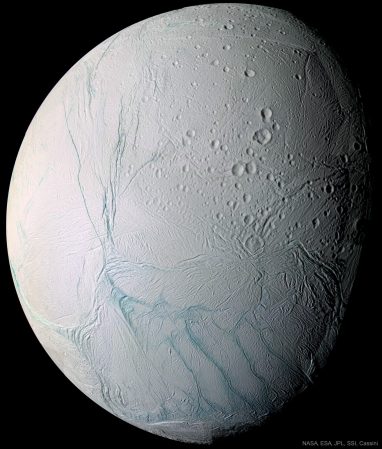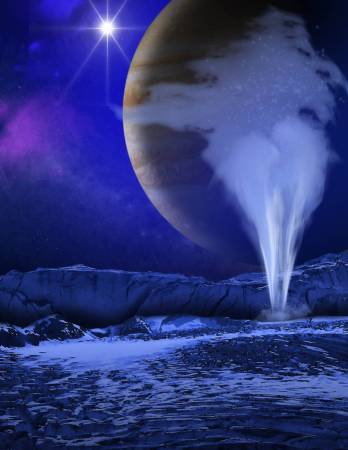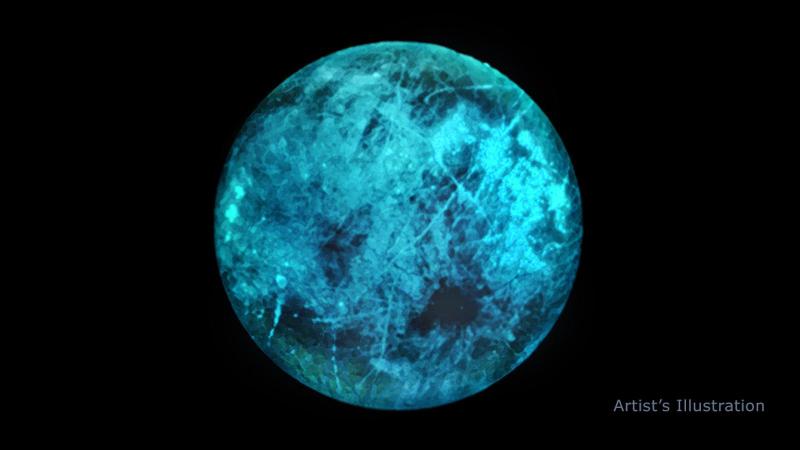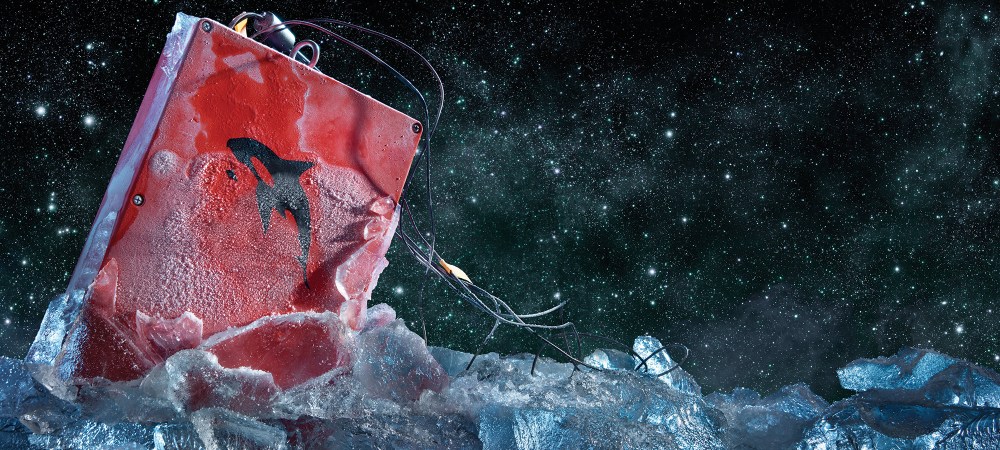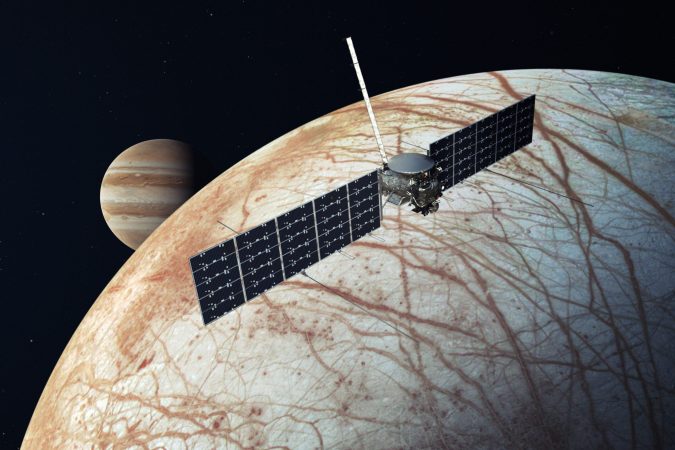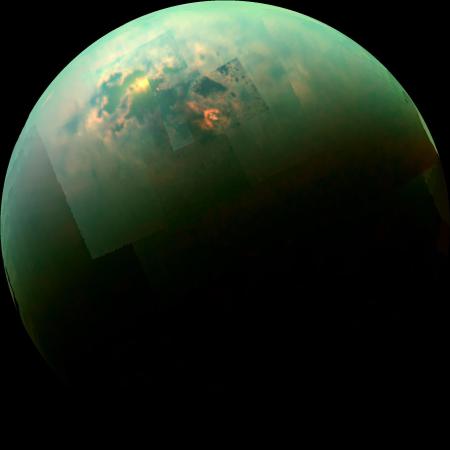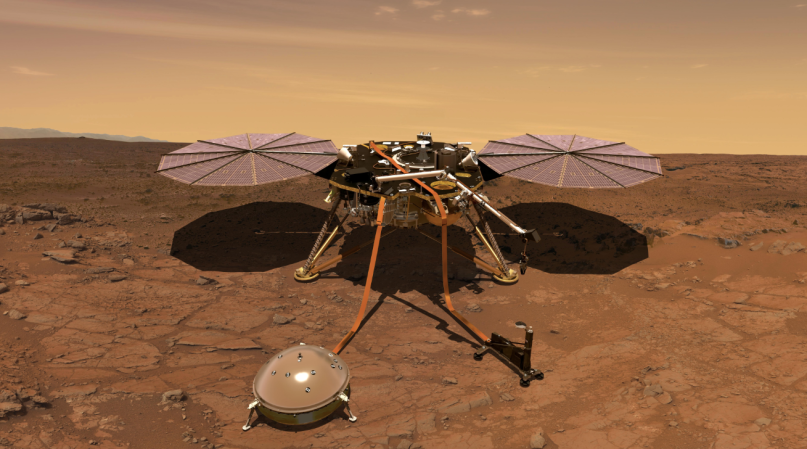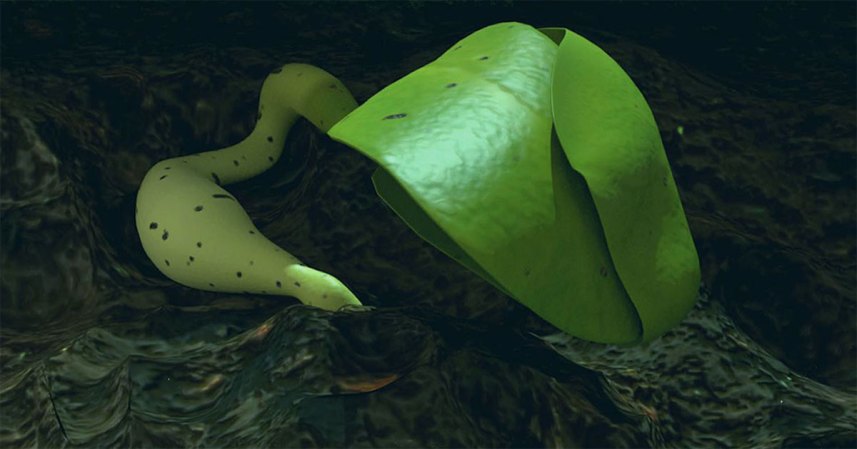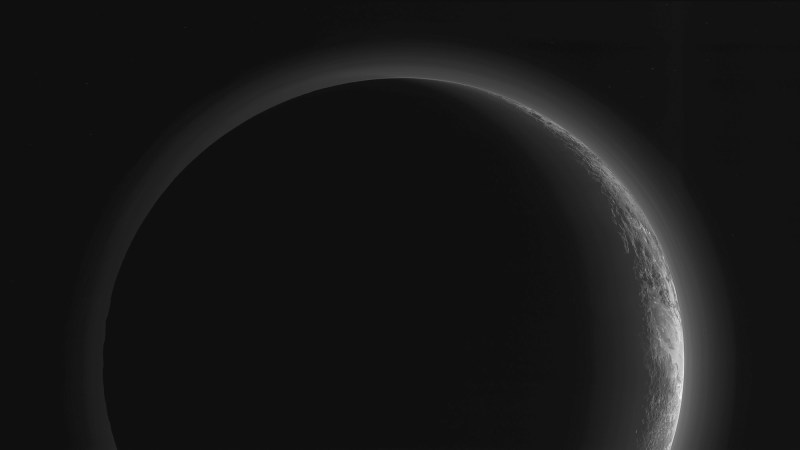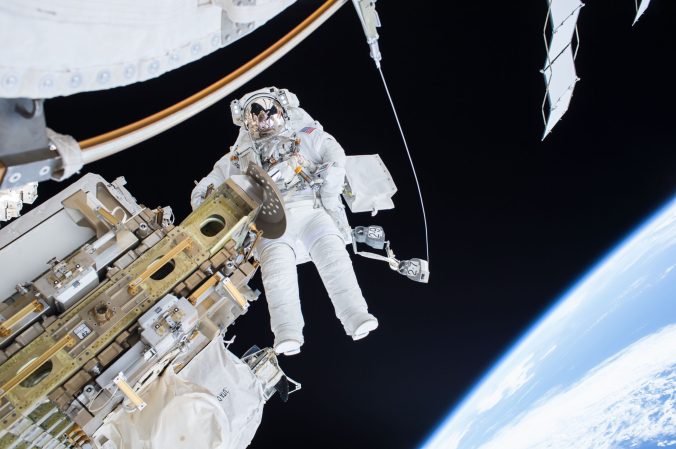

A long-awaited mission targeting Jupiter’s moon Europa, one of the solar system’s likeliest locations for alien life, just took one big step forward.
NASA has approved preliminary plans for a spacecraft that would repeatedly zip by Jupiter’s icy moon, clearing it for the final design phase. The Europa Clipper, which could launch in the early 2020s and arrive in the Jovian system later that decade, represents the space agency’s first attempt to directly study how friendly this intriguing moon—and the liquid ocean that likely sloshes beneath its frozen crust—might be to life.
“We are all excited about the decision that moves the Europa Clipper mission one key step closer to unlocking the mysteries of this ocean world,” said Thomas Zurbuchen, associate administrator for NASA’s Science Mission Directorate in a press release.
Scientists have been hankering for a deeper dive into Europa’s enigmas for decades. A casual glance at its fractured, gleaming surface just screams “ice layer,” and magnetic measurements from the Galileo spacecraft in 1997 suggest that a conductive substance (such as saltwater) lies beneath the icy crust. Current estimates describe a crispy 10-to 15-mile ice shell covering an ocean 40 to 100 miles deep, making Earth’s two-mile seas look like shallow puddles in comparison. Jupiter’s immense gravity squeezes Europa with powerful tides, churning its rocky and metallic core, which provides enough heat to keep this abyss warm and liquid. If minerals leach out from deep sea rocks, as is the case on our own planet, the alien world could feature the trio of ingredients required for life as we know it: water, energy, and nutrients.

But theories only go so far without solid data to back them up. NASA considered a Europa orbiter follow-up mission to Galileo in the early 2000s, but a price tag north of four billion kept it grounded. In 2013 through 2015, funding and interest mounted for a more modest “multiple flyby” mission that would repeatedly buzz by Europa while spending much of its time in a longer orbit around Jupiter (designed to keep it far away from the system’s hottest radiation zones, which shorten the lifespan of even the most robust robots). The roughly two billion dollar plan moved into the design phase in early 2017, and soon received an official name—the Europa Clipper, after the agile seafaring ships of the 19th century.
On Monday, NASA announced that the clipper had cleared its next hurdle, moving into the third stage of development: final design and fabrication. The agency now considers the mission confirmed, which means that “NASA is confident enough about the mission progress that it allows construction of hardware to begin and also commits to Congress how much the mission will cost,” says Curt Niebur, the Europa Clipper’s program scientist.
While the Clipper won’t test directly for life (short of a jumbo shrimp leaping through the ice and posing for our cameras, most researchers have trouble agreeing on what a smoking gun for life might look like, anyway), it aims to address questions of habitability and pave the way for future, more conclusive missions. Its nine planned instruments include a magnetometer and radar to virtually probe the crust and ocean, two spectrometers to “sniff” any molecules lingering above the moon, and an array of cameras to map the surface and search for a potential future landing site.
After launching in the 2020s and spending a few years in transit—a direct route would take three years, but a more circuitous and economical route could take longer—the spacecraft may arrive in the late 2020s or early 2030s. Once in the Jovian system, the Clipper would enter a looping orbit around Jupiter that makes at least 45 passes of different regions of Europa, at altitudes ranging from 1,675 miles to just 16 miles.
Images from the Hubble Space Telescope, bolstered by Galileo data unearthed just last year, suggest that seawater geysers may be bursting through Europa’s crust and spraying their contents into space. If so, scientists hope to repeat a trick the Cassini spacecraft pulled off two years ago at Saturn’s moon Enceladus: flying through crystalized flumes and “sniffing” them for possible nutrients with a mass spectrometer. Studying the ocean from space would be a heck of a lot easier than landing and scraping up a snow cone for analysis, or drilling the solar system’s deepest ice fishing hole.
There’s a lot of work to be done before anybody gets a whiff of an alien geyser or snaps a pic of an extraterrestrial shrimp, but for now mission planners are looking ahead to the spacecraft’s final design and construction. They also want to assure sci-fi fans concerned about interfering with otherworldly affairs that they can breathe easy for now. NASA’s spacecraft-sanitizing guidelines limit the risk of transplanting terrestrial hitchhikers (tardigrade or otherwise) to 1 in 10,000. More importantly, Clipper project scientist Bob Pappalardo is well aware of author Arthur C. Clarke’s injunction against attempting a landing on Europa.
“The @EuropaClipper is a multiple-flyby mission,” he wrote on Twitter, “but we remain in close consultation on the issue.”



